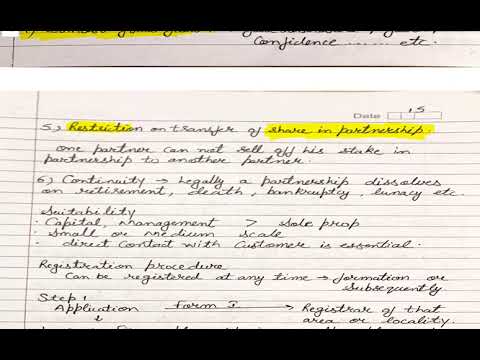Content

When an item is sold, it is given a cost equal to its assigned percentage multiplied by the total net sales for that period. This method is often referred to as the income statement approach because the accountant attempts, as accurately as possible, to measure the expense account Uncollectible Accounts. The percentage of sales method is used to calculate how much financing is needed to increase sales. Learn about the percentage of sales method and understand how it is used in business. See an example of how it is calculated using the percentage of sales formula. Apply line items’ relative percentages to your forecasted sales figure.
In addition, the percentage of sales method for forecasting assumes that income statement figures — expenses and earnings — will also be proportionate to sales. The process for determining the addition to retained earnings that will result from an increase in sales is calculated by multiplying the current retained earnings balance by the forecasted net income. Retained earnings represent the earnings retained by the business and not distributed to its shareholders since the business started operating. The forecast, or pro-forma, balance sheet will not balance initially; that is, total assets will not equal total liabilities and owner’s equity. The difference represents the amount of external financing that must be obtained to finance the increase in sales. The percentage-of-sales method is used to develop a budgeted set of financial statements.
Percentage-of-sales method definition
The strategy involves following a list of topics on which the company wants to focus, and then finding as many areas as possible where they can reach their customers. N/a – These figures are assumed to NOT vary with sales, thus we use the present balance sheet numbers. The allowance method provides an expense for uncollectible percent of sales method receivables in advance of their write-off. Now, we will be seeing what the value of these financial items will be when the sales value increases by $6,000. For example, if the CGS ratio increased to 65 percent next year, management would have to examine why their production costs are increasing relative to sales.
- The PS is an effective way of calculating your sales in order to get a better understanding of the profitability of your business.
- The goal for management is to ensure costs increase proportionately to revenues.
- Our CRM platform is user-friendly, compatible with existing software, and workable with hundreds of additional software companies.
- Retained earnings represent the earnings that have been retained in the business since the company started and after dividends have been distributed to shareholders.
You estimated that $1,000 worth of accounts from 2017 sales would be uncollectible in 2018. During 2018, $900 worth of accounts proved uncollectible, leaving you with a credit balance of $100 in the allowance for doubtful accounts ledger account. You would then record an adjusting entry for based on the percentage of 2018 sales that you expect to prove uncollectible.
Create Study Materials
There are a few tips and tricks that you can use to increase your amount of sales with this method. If you want to increase your sales with the PS, some tips and tricks would help. The PS can generate a large number of leads and increase the overall profits. It is suggested to use the PS to get more customers through the door and by using a variety of marketing strategies, like advertising on Facebook.
A percent of sales is a measure of the ratio of the total sales of an individual item to the total sales of all items of a business or division. Basically, forecasts of future sales and related expenses provide the firm with the information to project future external financing needs. Now, suppose net credit sales for the coming year/ next year is Rs. 30,00,000.
16. Financial Forecasting – The Percent-of-Sales Method
Financial forecasting is an essential part of all financial planning of a corporation as it is the basis for budgeting activities and estimating future financing needs of the company. Financial forecasting typically involves forecasting sales and expenses incurred to generate those sales. In the percent of sales method, assets, liabilities & total expenses are estimated as a percentage of sales that are then compared with projected sales. These numbers are then used to design a pro forma balance sheet. The percentage of sales method often is used to construct forecasts of future business performance, often represented by pro-forma — or forward-looking — financial statements. In this context, a manager assumes that balance sheet accounts such as assets and liabilities generally will vary proportionately to the variation in sales figures.
When approaching decisions in business, managers often have to grapple with situations in which they do not have complete data. Because managers cannot know the future, they often have to devise projections based on the past to develop plans and make decisions about strategies for growth. When creating projections, businesses usually use a percentage of sales analysis to determine future expectations for financial statements and bad debts.


Leave a Reply